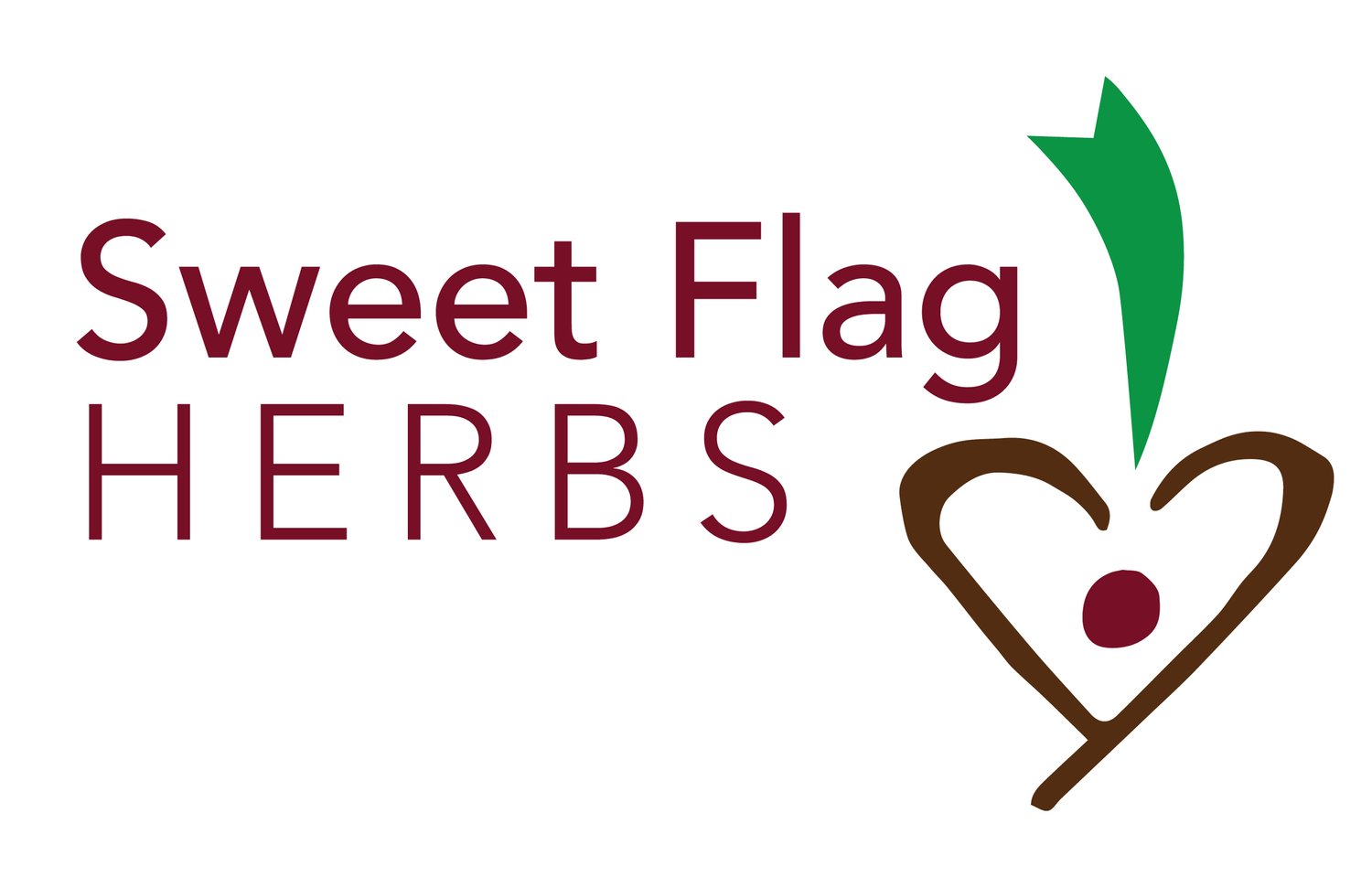The Age-Old Wisdom of Pumpkin Spice
In a nation ruled by McDonalds and Pepsi, Americans know we have room for improvement as far as health goes. However, I would argue that there's something big we're getting right. That thing is pumpkin spice.
Pumpkin spice teas, lattes, beers, and more hit Western New York when the air gets crisp and dry. My hands and feet are already struggling to stay warm; I was mocked in early October for wearing sub-zero puffy mittens. Luckily, the tradition of using spices that are warming, virus-fighting, and moistening in cool weather has followed us into the new millennium.
Here I’ll share some medicinal properties of my favorite pumpkin spices. Check out the recipe below for spiced hot chocolate, which is a staple in my morning routine.
Image: Gingerbread spices at the Ginger Bread Museum in Toruń, Poland. Clockwise from top left: Candied orange peel, cardamom pods, cloves, black peppercorn, nutmeg.
Cinnamon (Cinnamomum verum or cassia)
It's a remarkable coincidence that one of America's most popular spices in sweet baked goods helps to moderate blood sugar spikes. According to clinical herbalist Thomas Easley in The Modern Herbal Dispensatory, "Modern research has shown that cinnamon increases the capability of beta cells in the pancreas to produce insulin, reducing blood glucose levels in diabetics." In combination with healthy diet and lifestyle choices, cinnamon bark is commonly used to support insulin resistance and type 2 diabetes. (Sadly, this doesn't justify regular consumption of cinnamon-laced pie.)
Cinnamon is stimulating to the digestive tract, helping us to digest heavier winter foods. It also aids circulation throughout the body. Herbalist Rosalee de la Foret recommends cinnamon when an individual has a fever, feels cold, and is shivering. Cinnamon is also moistening (mucilaginous), which can help to soothe dry throats and sinuses in the winter. Since tissue that is dry and cracked is more susceptible to infection, moistening herbs may gently steer us clear of illness.
Many herbalists recommend sticking with Cinnamomum verum when using larger, medicinal doses of cinnamon. However, C. cassia from the grocery store works just fine for casual use.
Ginger (Zingiber officinalis)
Image: Ginger flowers for sale in Cambodia. It’s the root (rhizome) I’m referring to in this article.
Ginger is used medicinally around the world, including in Indian Ayurvedic medicine, Traditional Chinese Medicine (TCM) and more. It's easy to tell from the taste that ginger offers a "warming" effect in the body. Ginger stimulates circulation, and is particularly well-suited to cold-blooded folks like myself. Ginger is used to relieve the discomfort of stiff joints, and research has demonstrated its anti-inflammatory support for osteo- and rheumatoid arthritis (de la Foret). Research suggests that ginger is "as effective as ibuprofen for reducing the pain and inflammation associated with arthritis" (Easley). By stimulating digestive function and circulation within the GI tract, ginger is widely known as a supporter of nausea and bloating as well.
Ginger is a gem during cold and flu season. Easley notes ginger's "potent antiviral" properties, and its enhancement of immune function. When she has a cold, my friend Jessica swears by an inch of fresh ginger root chopped and made into a strong tea. Because ginger stimulates expectoration and thins mucous, it may help us avoid secondary infections like pneumonia as well.
Fresh ginger root is a regular addition to my teas and cooking in the winter. We buy a pile of organic ginger from a local food co-op, and it keeps on the counter for weeks. Ginger is also easy to grow yourself! This website offers tips. Be sure to bring your pots outside to a part-sun/part-shade location in warm months.
Nutmeg (Myristica fragrans)
Like cinnamon and ginger, nutmeg warms and stimulates the digestive tract. Yoga of Herbs author Vasant Lad recommends nutmeg for increasing the absorption of nutrients in the gut.
Nutmeg is uniquely relaxing and calming compared to other pumpkin spices. It was traditionally used as a remedy for insomnia, and can be used to relieve nervous tension (de la Foret). Its antispasmodic (muscle relaxing) nature may be responsible for nutmeg's ability to gently lower blood pressure.
Spicebush (Lindera benzoin)
Image: Spicebush drupes (fruit).
Western New Yorkers are lucky to have a native pumpkin spice populating our woodlands. Stay tuned for more info about spicebush next month!
Precautions?
Talk to a practitioner before using these herbs in medicinal doses to support a health condition, during pregnancy/breastfeeding, or in combination with medications. However, pumpkin spice in moderation should be safe for just about everyone.
What could be a concern is the food harboring the pumpkin spice-- highly sweetened (and often artificially flavored) muffins, commercial coffee drinks, and more. While tasty, these should be consumed as an occasional treat at most.
The recipe below is a healthier alternative you can enjoy at home.
Image: Frothy Hippie Hot Chocolate with cardamom pods.
Recipe: Hippie Hot Chocolate
I drink this hot chocolate every morning, year-round, instead of morning coffee. Though I feel good about it all year (because, I mean, it's hot chocolate), it's prime time right now.
I make a "hippie hot chocolate" powdered herb blend whose recipe varies, but always includes 50% cacao powder and 50% whatever herbs and spices I'm in the mood for. Ginger, cinnamon, cardamom, ashwagandha, turmeric and black pepper, cloves, star anise, and nutmeg frequently make it in.
For a 10-12 oz mug, blenderize:
1 Tbsp powdered cocoa and herbs (see ideas above)
~8 oz hot water
1 Tbsp nut butter (it's good! I love 1 Tbsp peanut, almond, or cashew butter)
Honey or other sweetener to taste (I use 1 tsp)
3 Tbsp canned coconut milk or 1 Tbsp coconut oil
1/4 to 1/2 tsp vanilla (optional)
Enjoy it while it’s hot!
Sources:
1.) de la Foret, Rosalee. Alchemy of Herbs. 2017.
2.) Easley, Thomas. The Modern Herbal Dispensatory. 2016.




